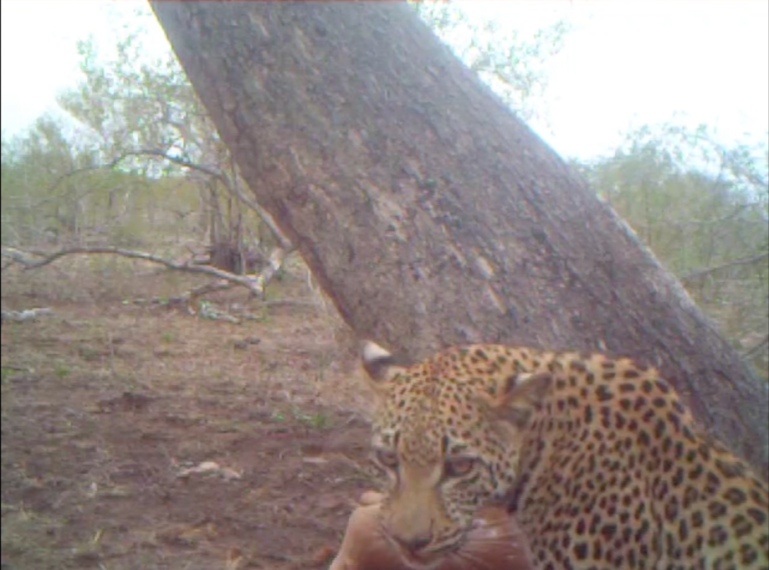
This outstanding footage from a camera trap shows some of the intimate details of a leopard’s feeding habits, behaviour, and the bond between a mother and cub. Umkumbe Safari Lodge guide, Marius Zeilinga, placed the camera trap strategically at the location of a fresh leopard kill, and the result is truly something special…
This female leopard, known as White Dam, and her male cub, were seen on a kill only days ago, but the predator instinct in her ensured that they would be eating once again. The footage shows both mother and cub feeding intermittently on the carcass throughout the day and night, but it also allows us the rare glimpse into a leopard’s life ‘behind closed doors’.
White Dam’s youngster demonstrates what he has learnt from his mother by clinging to the face and neck of the (already dead) impala carcass, and attempting to ‘suffocate’ it. This is a skill he needs to strengthen if he is to go out and live on his own, which is part and parcel of being a wild leopard.
The mother leopard’s patience and reciprocation shown to her cub’s playful antics is astonishing and heart warming. Watch how he pounces on her from a hiding place behind the tree trunk – she flies through the air in fright, and then approaches him for a nuzzle of affection, reaffirming the close bond they have.
It is known that leopards pluck the fur or feathers from their prey before eating the meat, but it is not every day we get to witness it ourselves. In this footage, it can be quite clearly seen that White Dam begins to pluck the fine fur out with her teeth.
Eventually, darkness falls and the leopards can be seen feeding on the carcass before it is dragged into the tree before hyenas approach. Unfortunately, the Umkumbe guides confirmed that the leopards did lose this kill to the scavenging hyenas – they were there to witness it with their guests during game drive!
Luckily, this was White Dam’s second kill in a couple of days, so she and her cub were good and full; however, the behaviour of hyenas is proving to be a proper nuisance for leopards who, very often, lose their kills to them.
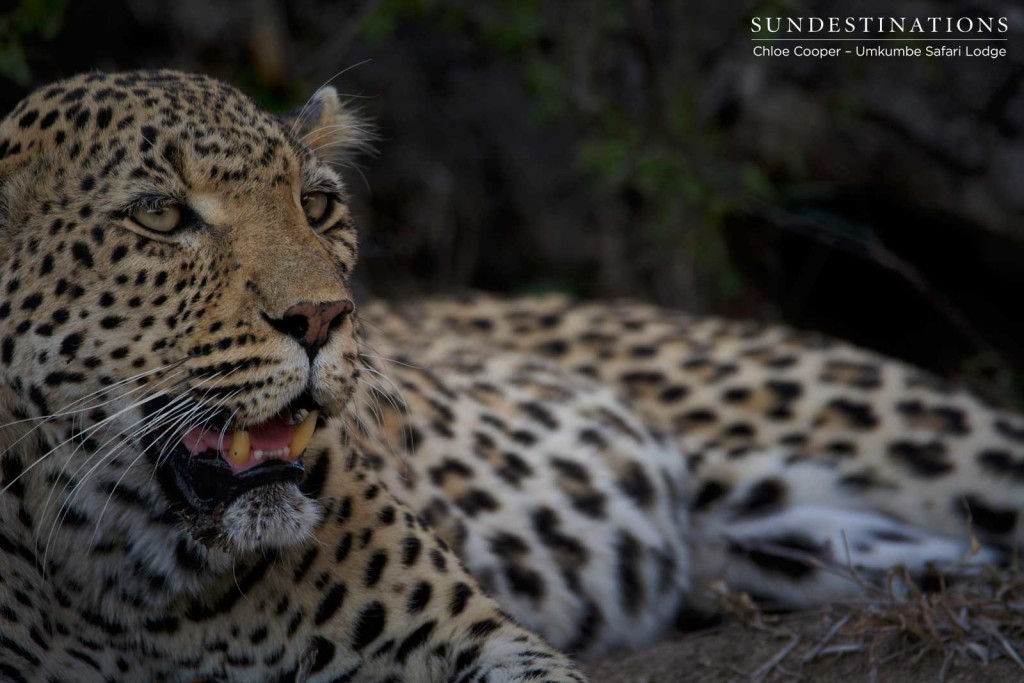
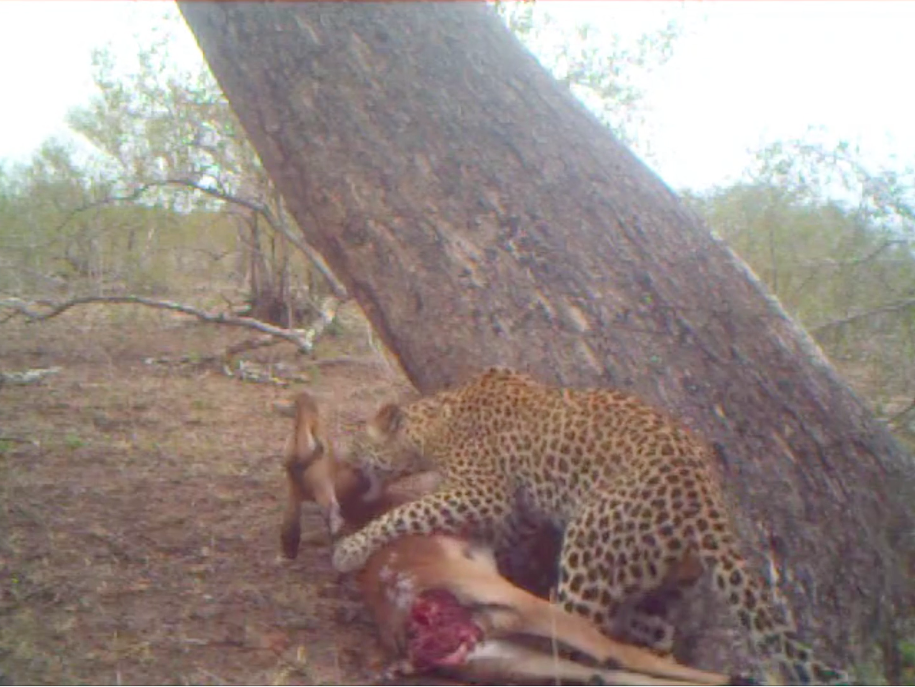
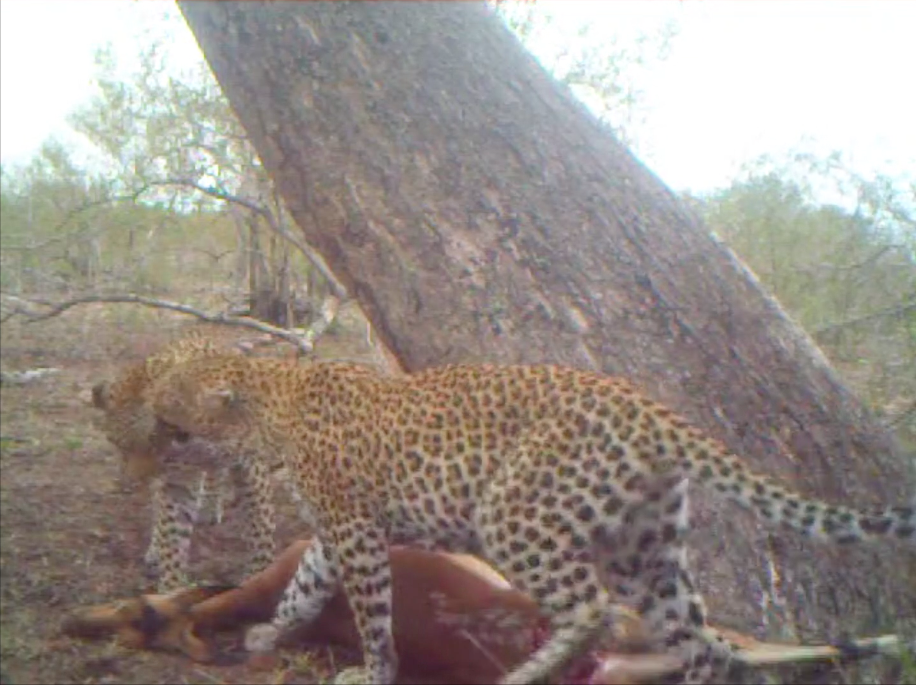
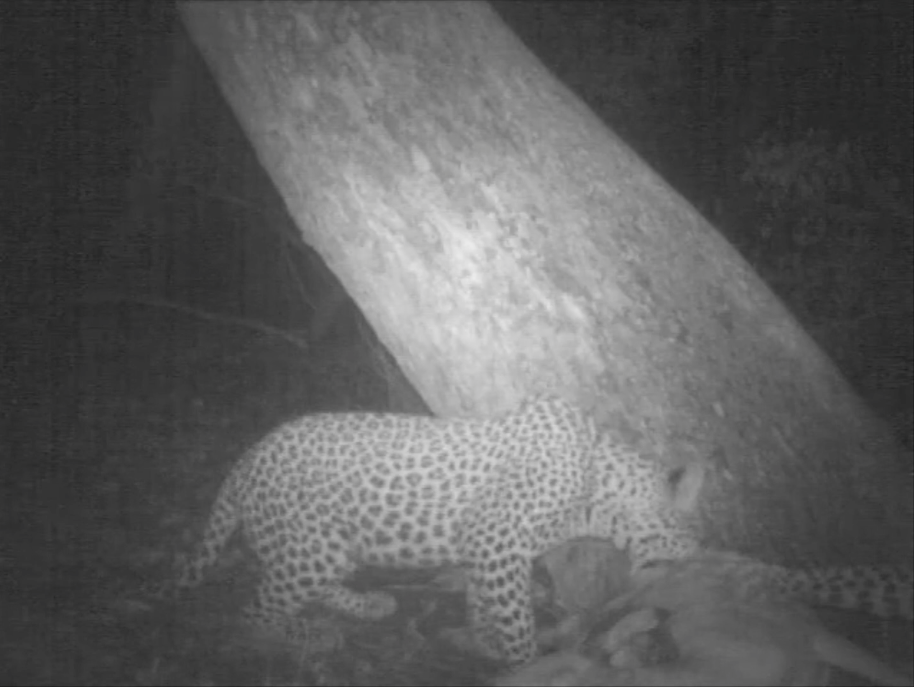
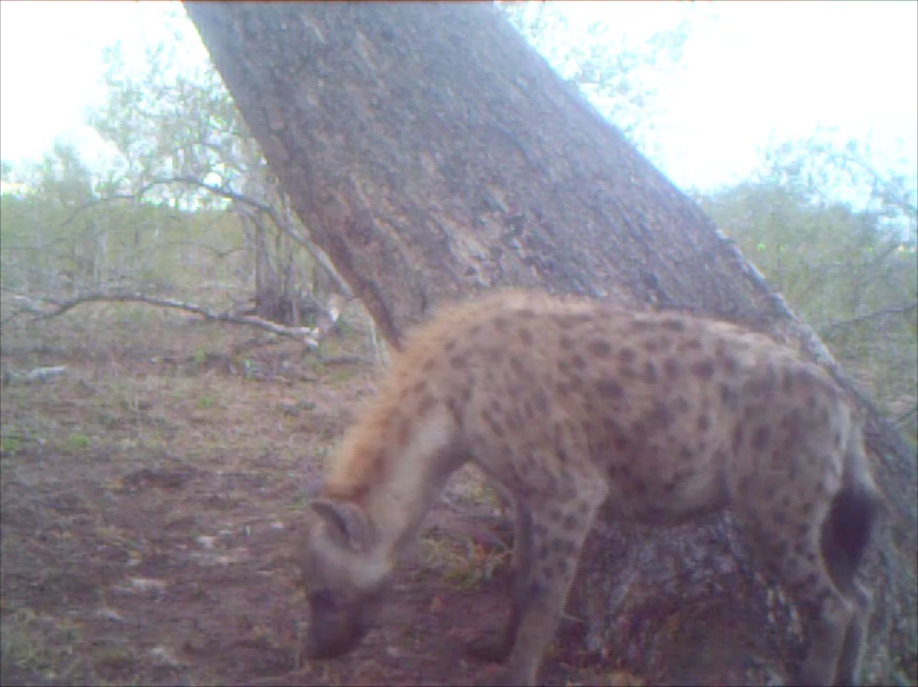
Leave a Comment